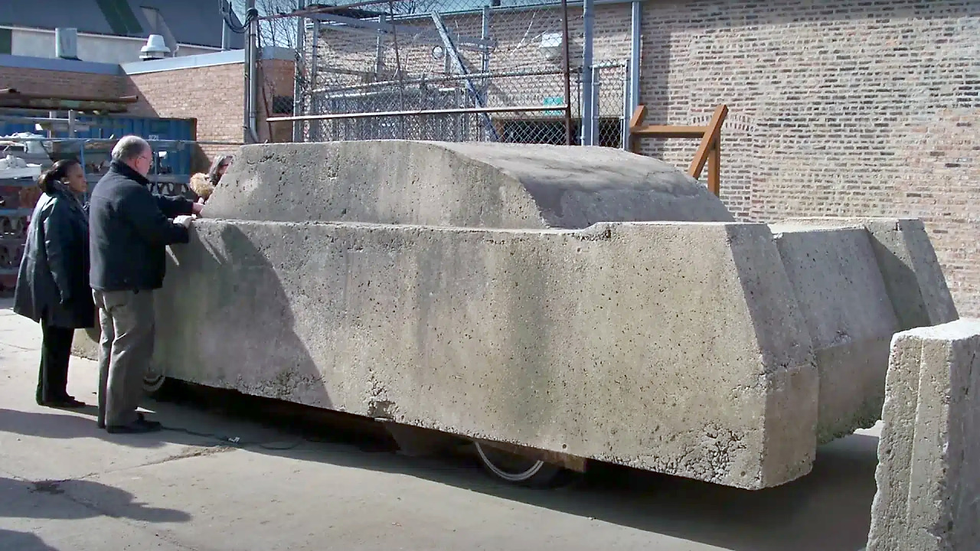1974 Opel OSV 40 Concept
- Story Cars

- Feb 7, 2022
- 1 min read
The Opel OSV 40 was a crash test safety vehicle built by Opel in 1974. The car's name stands for 'Opel Safety Vehicle' and was designed to resist a crash up to 40mph (65 km/h) on a frontal impact. The car was fitted with a 1196cc engine capable of producing 65bhp at 5,600rpm.
The OSV 40 fenders were filled with polyurethane foam, giving them their absorbing capacity. Foam-filled side members that break in a controlled way at impact speeds above eight kilometers per hour were used at the front. The foam structure absorbed enough energy that frontal impacts below this speed only resulted in a small deformation.
The engineers also filled the cavities of the sills and doors with polyurethane foam to create increased safety reserves for a side impact. Reinforced roof rails and backrests of the front seats that were fixed to the roof via a belt construction (the seats could still be adjusted) increased the stability of the passenger compartment considerably. Furthermore, the windshield was made from laminated glass glued directly to the bodywork.
Source: Opel OSV 40 - Fandom. https://classiccars.fandom.com/wiki/Opel_OSV_40
Images: Opel; www.autozeitung.de












































Comments